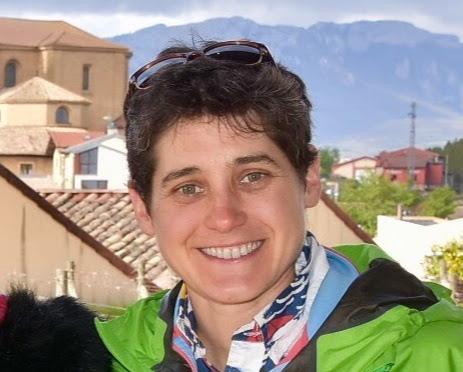Authors

Neil Belson, MS, JD

Cerise James, MD, MPH

Ashley Jaksa, MPH
How Can Real-World Evidence Help Medical Affairs Professionals?
Abstract
The use and acceptance of real-world evidence (RWE) in the pharmaceutical and biotechnology industries has increased dramatically in the last 5 years. Approximately 70% of new drug and biologic regulatory submissions to the U.S Food and Drug Administration (FDA) now include RWE.1 Nearly 95% of pharmaceutical industry respondents, in a recent survey by Deloitte, expect RWE to play an important role in their companies by 2022.2 Medical Affairs (MA) professionals are in a unique position to champion the use of RWE internally and communicate its value both internally and externally. This white paper focuses on providing MA professionals with the background and history of RWE, and its potential applications in the biopharma industry, so that they may incorporate this knowledge into their areas of functional expertise, and ultimately, benefit patients and consumers in their healthcare decision-making.
Introduction
Medical Affairs is an essential (non-revenue) business function within the pharmaceutical and biotech industry consisting of a combination of key activities including Field Medical, Health Economics and Outcomes Research (HEOR), Evidence Generation, Publications, Stakeholder Management, Medical Education, Medical Information, etc. – all of which can impact decision- making and ultimately patient experience and outcomes. Today’s MA professionals need a deep understanding of the science, data capabilities, and an ability to dialogue with the Triple Aim stakeholders including providers, patients, and payers. In their work, MA professionals utilize information collected throughout a product life cycle (e.g., utilization patterns, economic and clinical outcomes). MA can elevate the performance across medical activities, ultimately resulting in better experiences and outcomes for patients and physicians.3 MA leverages innovations in evidence generation to help accelerate patient access to treatments. In addition, MA plays a pivotal role of informing internal business processes and strategies for RWE. With RWE becoming a larger focus of drug development efforts and an additional tool for communicating a product’s clinical value, MA professionals need to understand the strengths and weaknesses of RWE, how to effectively use RWE and how to communicate its value to internal and external stakeholders.



